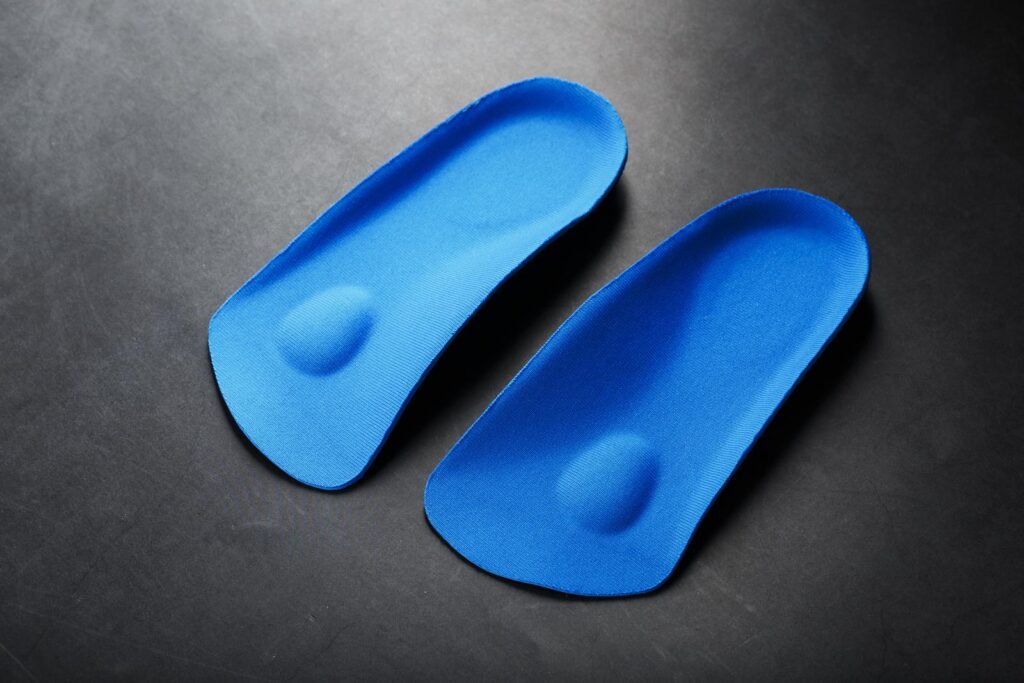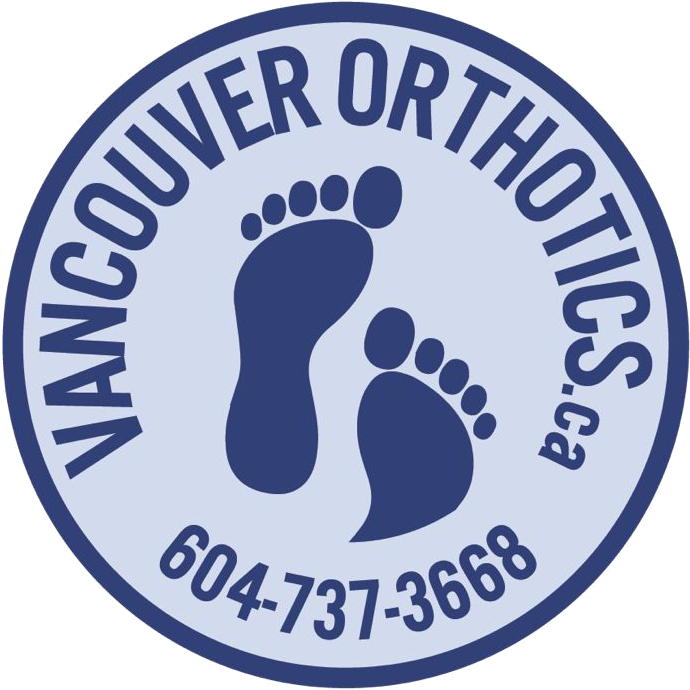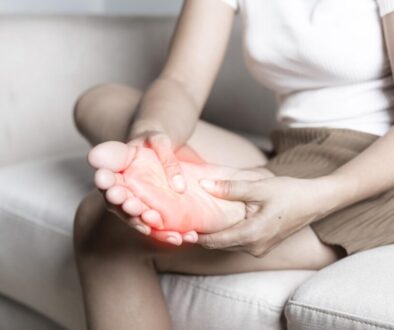Overpronation is often misconstrued as ‘flat foot’, yet the condition is different from flat feet.
Overpronation is a gait abnormality in which the foot rolls inward excessively. The excessive inward rolling of the foot is often associated with flat feet. However, contrary to popular belief, overpronation is not caused by flat feet.
How does overpronation differ from flat feet?
Overpronation is often confused with flat feet which is a condition where the arches of the feet are low. In overpronation, however, the feet are not flat and the arches are not low. In overpronation, the foot rolls tends to roll inward excessively at the same time as the toes point downward and the heel lifts off the ground. Overpronation is often associated with many common foot and lower leg injuries.
What happens when you overpronate?
As a result of the foot rolling inward excessively, there is wear on the underside of the heel or the inside of the shoe. Pronation is a normal part of walking. It happens as your foot strikes the ground and your foot rolls inward. This allows your foot to absorb shock as you walk. If you overpronate, you may roll inward too much and so your foot also can’t land completely flat on the ground. The outer edge of your foot and the ball of your foot hit the ground first. As your foot rolls inward, it flattens and the arch collapses. Over time, this can cause foot pain and contribute to injuries of the knee, hip and lower back.
How do I know if I have flat-feet or overpronation?

Flat feet is typically passed on genetically, however overuse and poor footwear may also be a trigger. The best way to determine your arch status is to have your feet examined. Always assess arch height in the weight bearing position. Check to see how many centimeters are between the apex of your inside arch and the ground. Is it at or under 3cm? Then you are over-pronated. Under 1cm? You are likely flat footed.
How can overpronation be corrected?
Over-pronation, while very common and in fact, a normal part of walking, can lead to a number of problems. These include: Plantar fasciitis, shin splints, Achilles tendonitis, ankle sprains, and toe deformities, such as hammer toes and bunions. Excessive pronation leads to increased wear and tear of the body, as well as a higher risk of injuries. It is important to treat overpronation to avoid injuries and ensure an overall healthy body.
Over-pronation is hard to self-correct. There are, however, some foot exercises that can help support and develop a fallen arch. With the use of custom orthotic inserts and supportive footwear, arch height and alignment can be corrected. Non-custom insoles do very little to offer correction.
Custom Orthotics Help Treat Foot Related Issues

Poor shock-absorption and alignment of the feet can affect the biomechanics of weight distribution. Custom orthotics can make a huge difference. Dr. Michael Horowitz & Associates offer a unique 5-Step process to successfully treat flat feet or over-pronation. They can help examine, diagnose and treat your condition as well as recommend the best course of action for you. Call Vancouver Orthotic Clinics at 604-737-3668 for relief of flat feet and overpronation.
Pronation can be controlled by taking the right steps to make sure that you walk or run properly throughout your day’s activity.
Keep moving with your best foot forward.
Dr. Michael Horowitz,
Vancouver Orthotic Clinics
info@vancouverorthoticclinics.ca
604-737-3668
Vancouver Chiropractic Services
We now serve the Greater Vancouver Area with convenient locations that include: Vancouver, Downtown, Burnaby, Richmond, Tri-Cities (Coquitlam), Surrey (City Centre), North Shore, Commercial Drive, North Delta, Langley (City Center), Maple Ridge and White Rock (South Surrey), Whistler and Victoria (Landford) BC. Information on Location and Hours and Pricing is available on our website.
Learn more About US…..And click here to Book Online for a Consultation, Examination, Prescription, and Fitting and Dispensing of Custom Orthotic Inserts. There’s loads of information at our website, or you can use your health benefits and book an appointment online or call or email us with any questions that you have.



